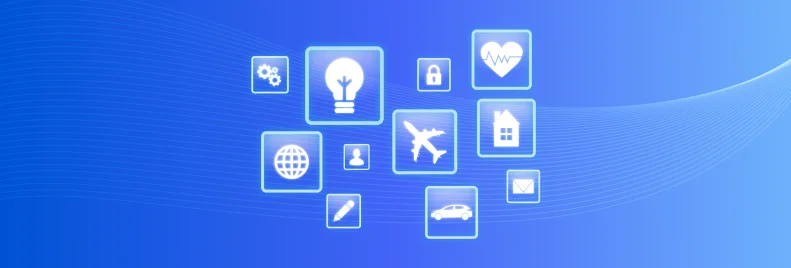

If you work with IoT, you probably know how challenging it may be to manage Internet-of-Things (IoT) devices effectively. This challenge grows as more diverse gadgets and sensors join your ecosystem. And that’s where the IoT gateway steps in.
An IoT gateway , an often overlooked but critical Internet of Things component , is pivotal to running devices and systems smoothly. Think of it as a bridge that connects various communication technologies to the cloud . Valued at $1.77 billion in 2024, this tech transforms smart devices into full-fledged, functional IoT solutions.
In this guide, WebbyLab will explain IoT gateway architecture , features, and use cases in 2024. We’ll also delve into real-life applications, as seen in our projects 2Smart Standalone , 2Smart Cloud , and Propuskator .
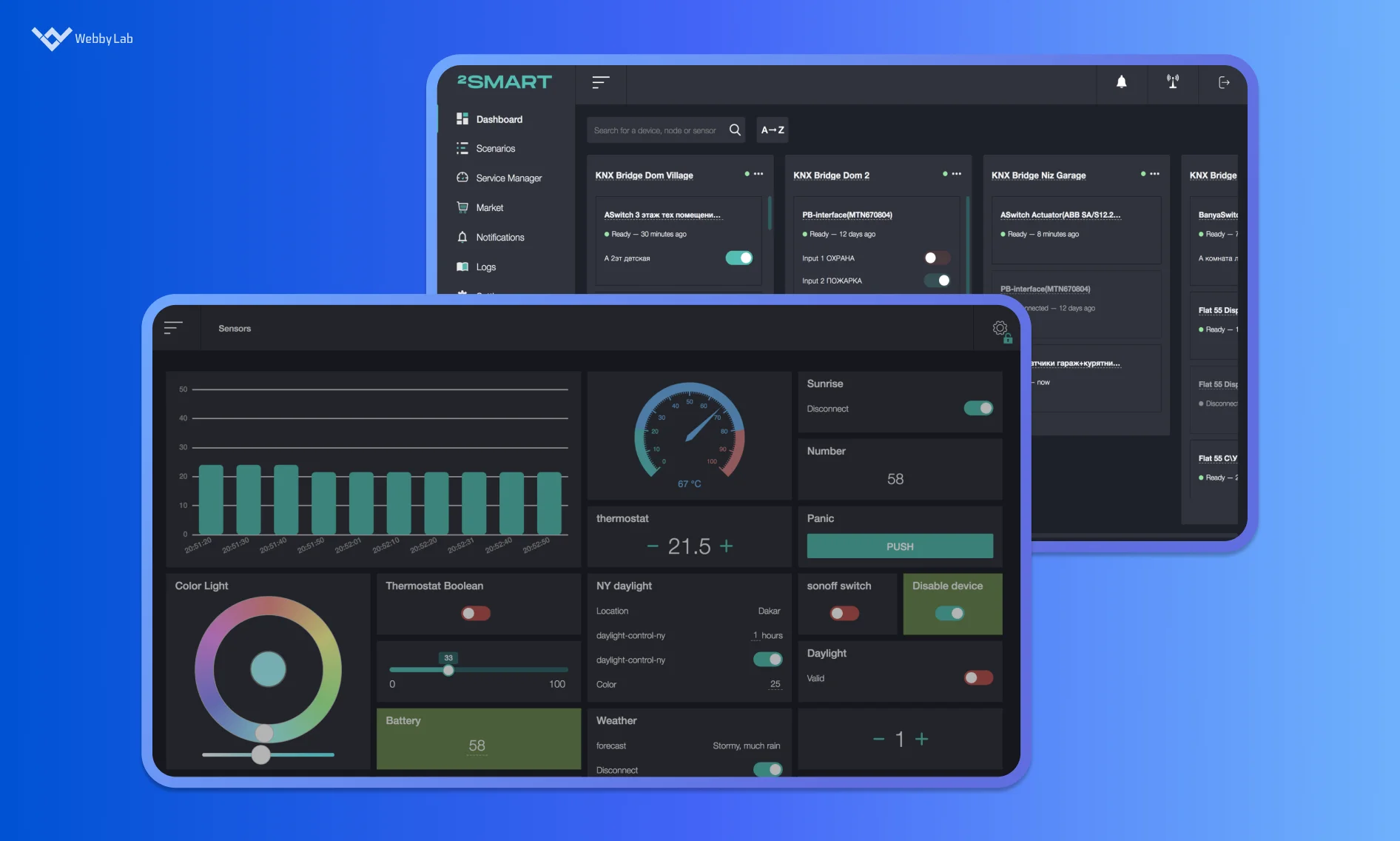
The web interface of a 2Smart Standalone automation platform.
An IoT gateway is a hardware or software solution, usually both, that connects various IoT devices to the cloud and each other. It acts as a bridge, which allows devices with different communication protocols to exchange data seamlessly, whether they use WiFi , Bluetooth, Zigbee, or another connectivity technology.
The Internet of Things gateway enables connectivity by performing the following functions :
But why are IoT gateways so crucial? Within the Internet of Things systems, devices use a wide range of communication protocols and standards. To connect them into a single system, you’ll need a central point of communication, a router , a bridge — you name it. That’s exactly what a gateway is. It unifies the communication protocol diversity and links IoT devices to the cloud infrastructure.
Beyond mere connectivity, IoT gateways facilitate data flow management and interoperability within the IoT ecosystem. They handle the real-time local data processing and then send this preprocessed data to the cloud for further analysis. This way, they reduce cloud resource reliance and latency, ultimately ensuring efficient data exchange.
Having laid the groundwork, let’s look inside the gateway in IoT . Here’s the typical architecture of these solutions and their 12 essential components:
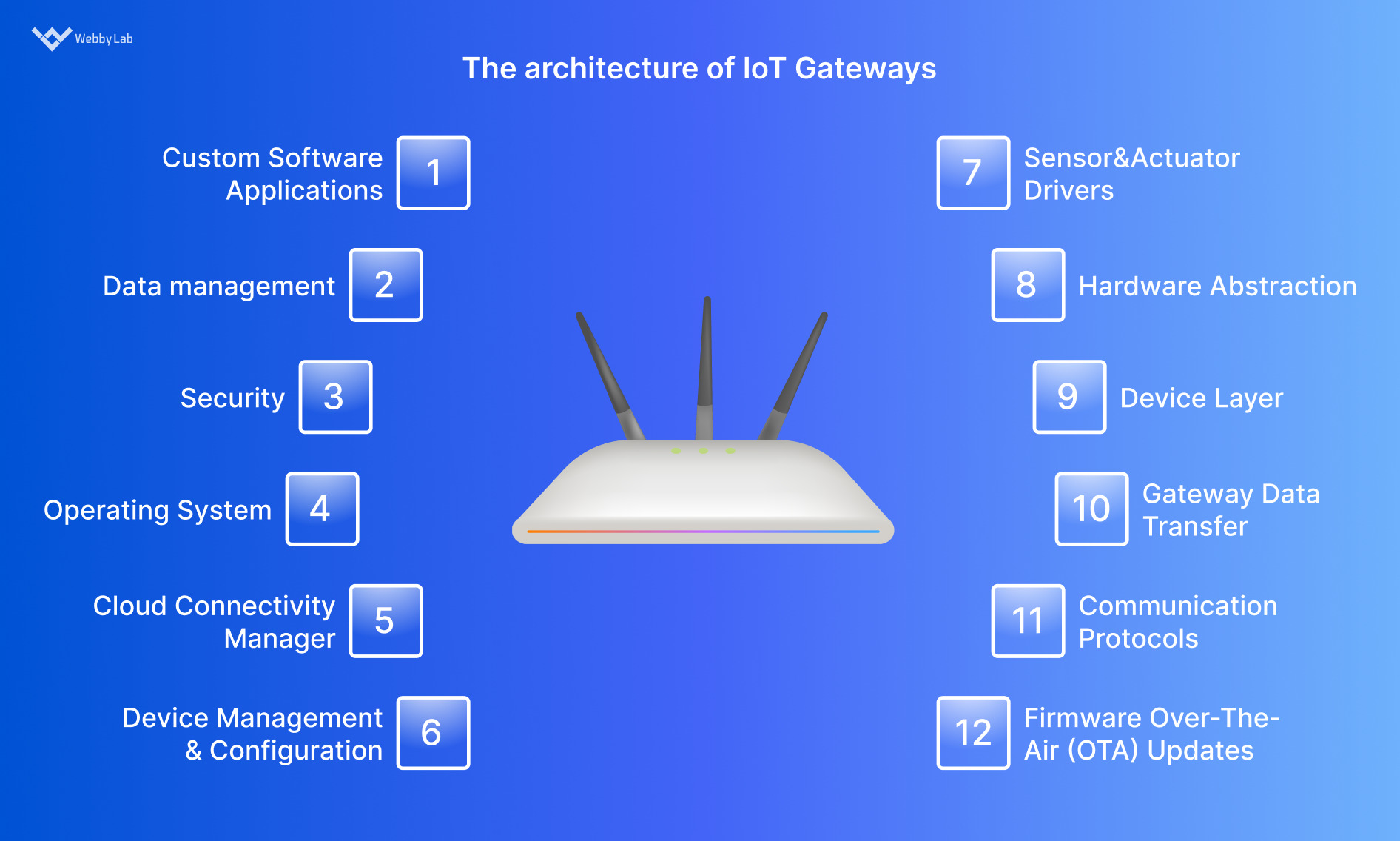
The architecture of IoT gateways.
To exchange data, IoT devices and gateways rely on communication protocols. Consider these as a common language for all gadgets and sensors. There are plenty of IoT protocols, but the most prominent are as follows:
Learn more about other IoT protocols you can leverage in your system in WebbyLab’s latest post .
As already mentioned, gateways ensure connectivity , security, and streamlined data flow in the IoT ecosystem. They also enable hassle-free device management . All of this is possible owing to the following features of a gateway for the Internet of Things :
IoT gateways have the capability to store data locally. This feature not only allows you to cache and process data on the gateway itself. It’s also beneficial in cases of network failure.
Plenty of IoT solutions require some sort of control, whether turning the device off and on or triggering the appropriate actions. Performing these tasks wouldn’t be possible without edge computing capabilities. These allow for real-time IoT data processing and analytics at the network’s edge, meaning you can make quick decisions without transmitting all data to the cloud for analysis.
Security is a top concern in IoT, given the amount and sensitivity of data involved. That’s why IoT gateways typically include various security features. Some are encryption, user authentication, secure boot processes, and access control.
IoT gateways should incorporate standard interfaces to ensure efficient data exchange between isolated sensors and actuators, even if these devices use different communication protocols. For example, analogue sensors and Modbus devices over RS485 are prevalent in industrial settings, while SDI-12 is common in environmental and agricultural contexts.
IoT gateways are often proprietary and tailored to the interface with sensors and end devices from a specific manufacturer. Gateways for home devices designed around the Zigbee protocol are one such example.
On the other hand, there are universal IoT gateways like MINEW , LoRaWAN , and SIMATIC IOT . These versatile solutions function seamlessly with a wide range of devices adhering to a single protocol and can integrate with diverse cloud platforms through APIs.
It’s best when IoT gateways use standard communication protocols and data formats. This ensures compatibility with almost all devices and platforms on the market. Leveraging MQTT, HTTP, and CoAP over IPv4 or IPv6 guarantees interoperability in the diverse IoT landscape.
Chief Business Development Officer
Consulted 30+ IoT startups to speed up time to market.
IoT gateway devices help create scalable and robust Internet of Things systems in different industries. Let’s explore the most notable of them:
City administrations can turn their urban settings smart with IoT gateways. Such solutions will swiftly collect data from traffic cameras, environmental monitors, and waste management systems and transfer it to the cloud. Upon data analysis, city authorities will be able to improve traffic control, air quality, waste management, and overall urban planning.
Consider a vehicle equipped with various sensors, dedicated processors , and an onboard computer. Inherently intelligent, this ecosystem is already capable of functioning effectively. However, by introducing an IoT gateway capable of seamlessly transferring data to the cloud and receiving commands from applications, this vehicle moves into the category of micromobility and becomes even more functional.
By connecting such vehicles within a cloud-based infrastructure, you can create a smart taxi fleet, launch bike and scooter rental services, or establish remote monitoring and control systems for agricultural machinery. While these functionalities are achievable without a gateway, they would require each sensor, end device, and node to be IoT-enabled, compared to leveraging a central gateway for streamlined internet connectivity.
IoT gateways in energy management systems are another viable use case. A gateway will aggregate data from smart meters, solar panels, and other energy devices, allowing users to monitor and optimize energy consumption.
These are just several use cases of gateway devices in IoT . Discover more in our article on the top 20 IoT business ideas .
Let’s spice up the IoT gateway use cases with some real-world examples. See how our team at WebbyLab leverages these solutions in our projects.
Our 2Smart Standalone automation platform is, in fact, a virtual gateway. It’s deployed on a separate physical server within the local network, serving as the central hub for connecting multiple devices. Once integrated with 2Smart Cloud, it seamlessly becomes a virtual gateway with edge computing capabilities, local data collection, and automation features.

Using the 2Smart Standalone platform as an IoT gateway.
Our team developed integration with the Xiaomi Gateway to manage wireless Xiaomi sensors and devices within the 2Smart Standalone environment.
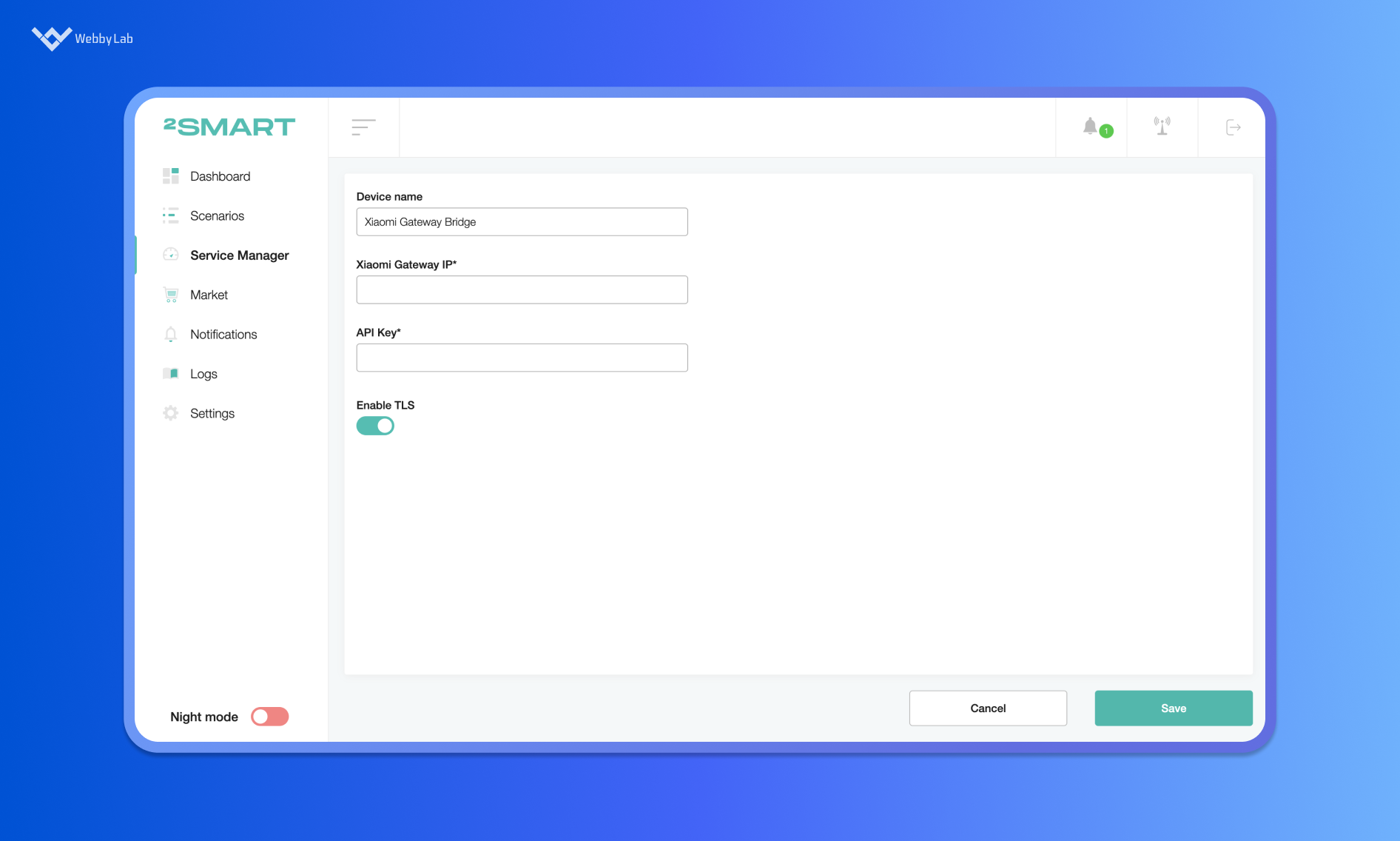
Integrating 2Smart Standalone with Xiaomi Gateway bridge.
Additionally, we independently created a universal Zigbee bridge , which uses open-source hardware to serve as a physical Zigbee gateway. This bridge connects via USB, enabling the effortless control of sensors.
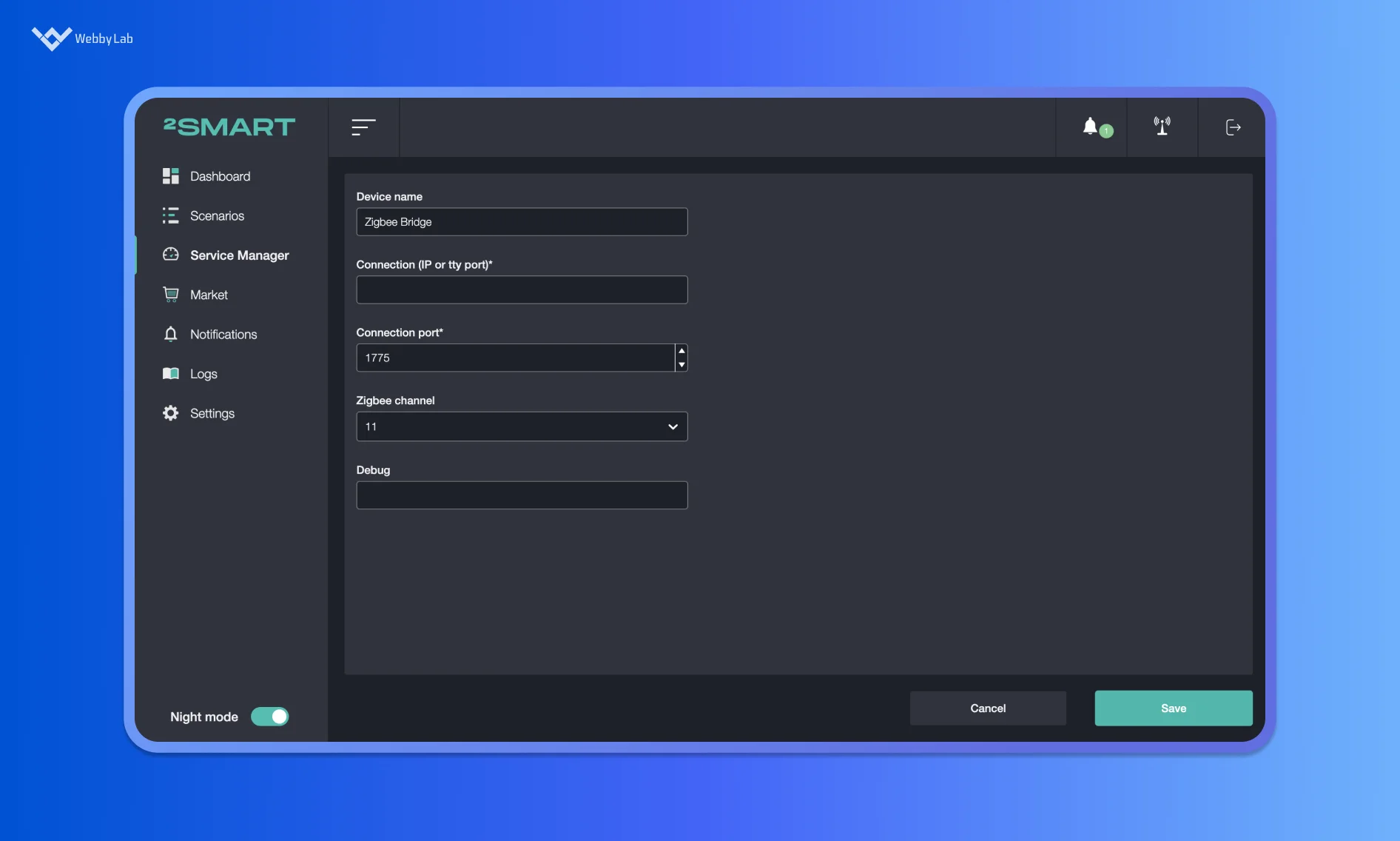
Setting up a Zigbee bridge within 2Smart Standalone.
We developed two bridges for integration with wired devices, namely KNX and Modbus . Our virtual bridge acts as the intermediary for communicating with these devices, establishing a physical connection to the bus and enabling device control within the 2Smart Standalone system.
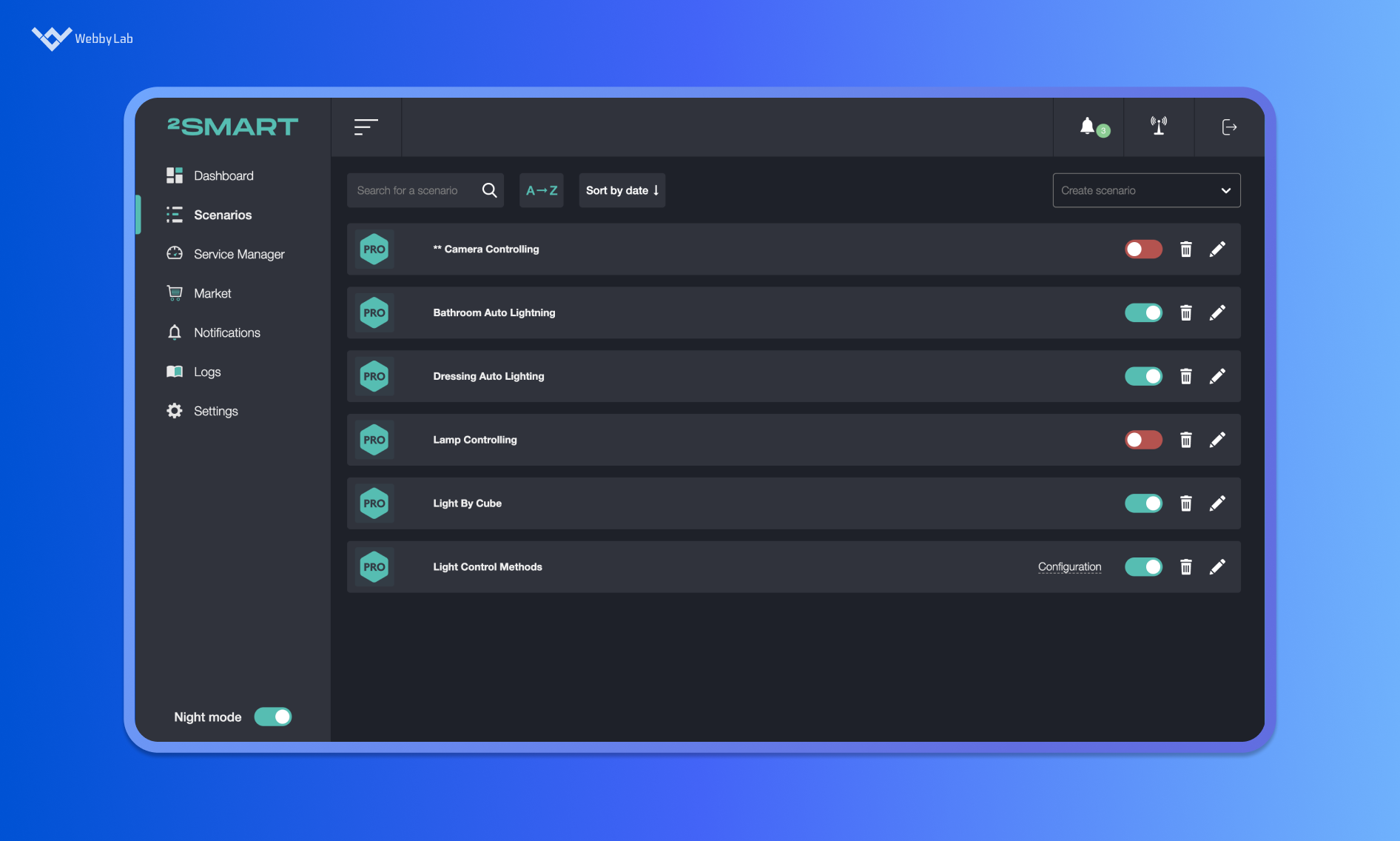
Bridges within the 2Smart Standalone automation platform.
The WebbyLab team integrated 2Smart Standalone with the universal IoT gateway by the Teltonika manufacturer . This gateway is tailored for tracking Bluetooth sensors, enhancing our connectivity capabilities.
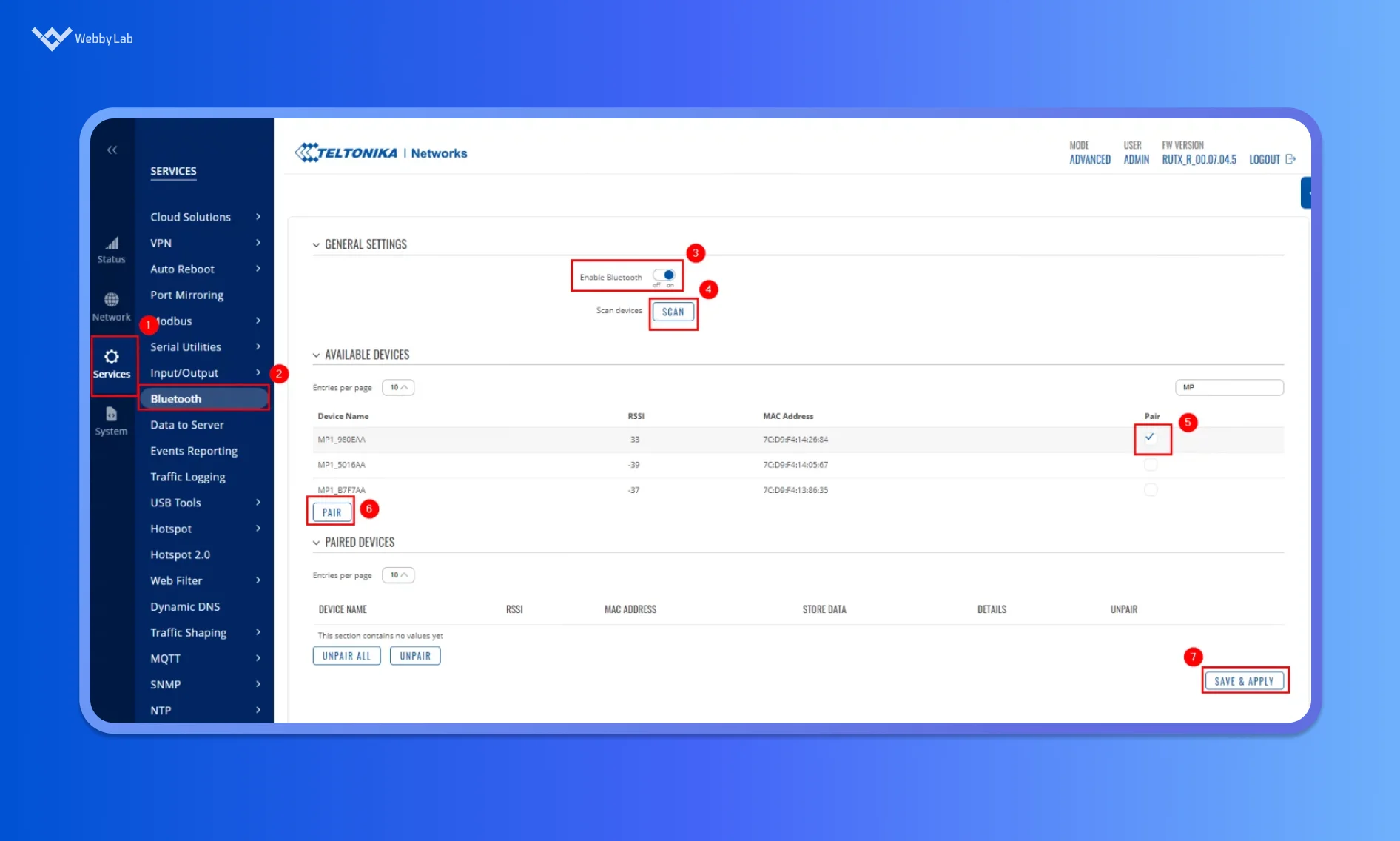
Leveraging Teltonika gateway for tracking Bluetooth sensors.
Our experts developed a unique product, an IoT gateway for Zigbee devices . We made it compatible with our 2Smart Cloud platform, ensuring simple remote cloud management and automation scenarios for Zigbee devices.
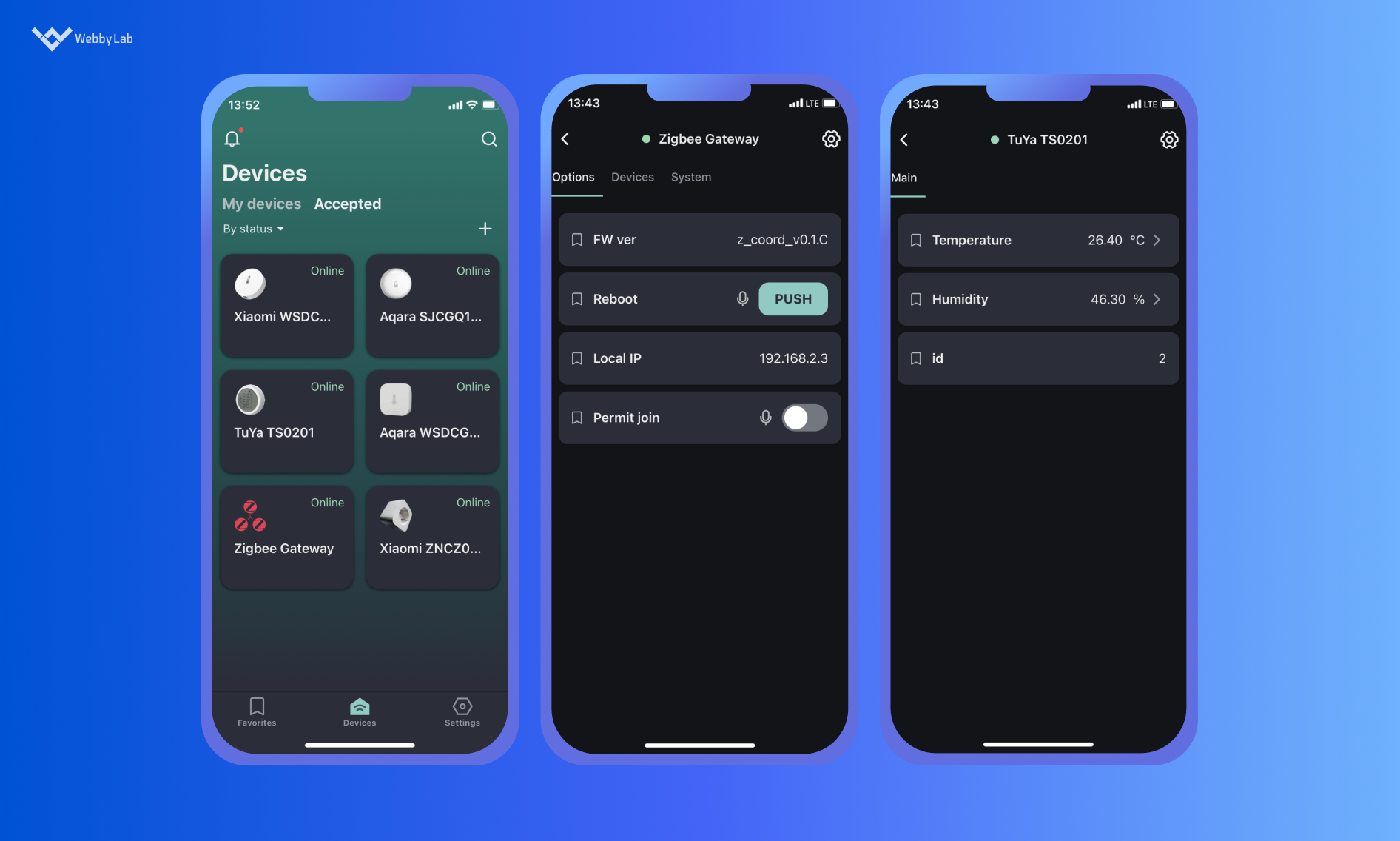
A Zigbee Gateway developed for the 2Smart Cloud app.
In most scenarios, our Propuskator access controllers connect directly to the cloud. However, we encountered a situation where a large, nearby facility already had wired infrastructure in place, and extending internet connectivity via WiFi or Ethernet to all access points was unfeasible.
In this case, a network of RS-485 bus wires had been laid throughout the site, enabling a wired connection to all devices. We integrated all the Propuskator controllers into these bus networks, which, in turn, were linked to our IoT gateway. This gateway, a mini-physical server, was equipped with a USB-connected RS-485 bus.
For the gateway, we developed our software that connected all devices to the cloud, received commands from the central server to facilitate door access, transmitted door control commands, routinely polled devices for status updates, stored local access rules for offline functionality, and logged all access events locally.
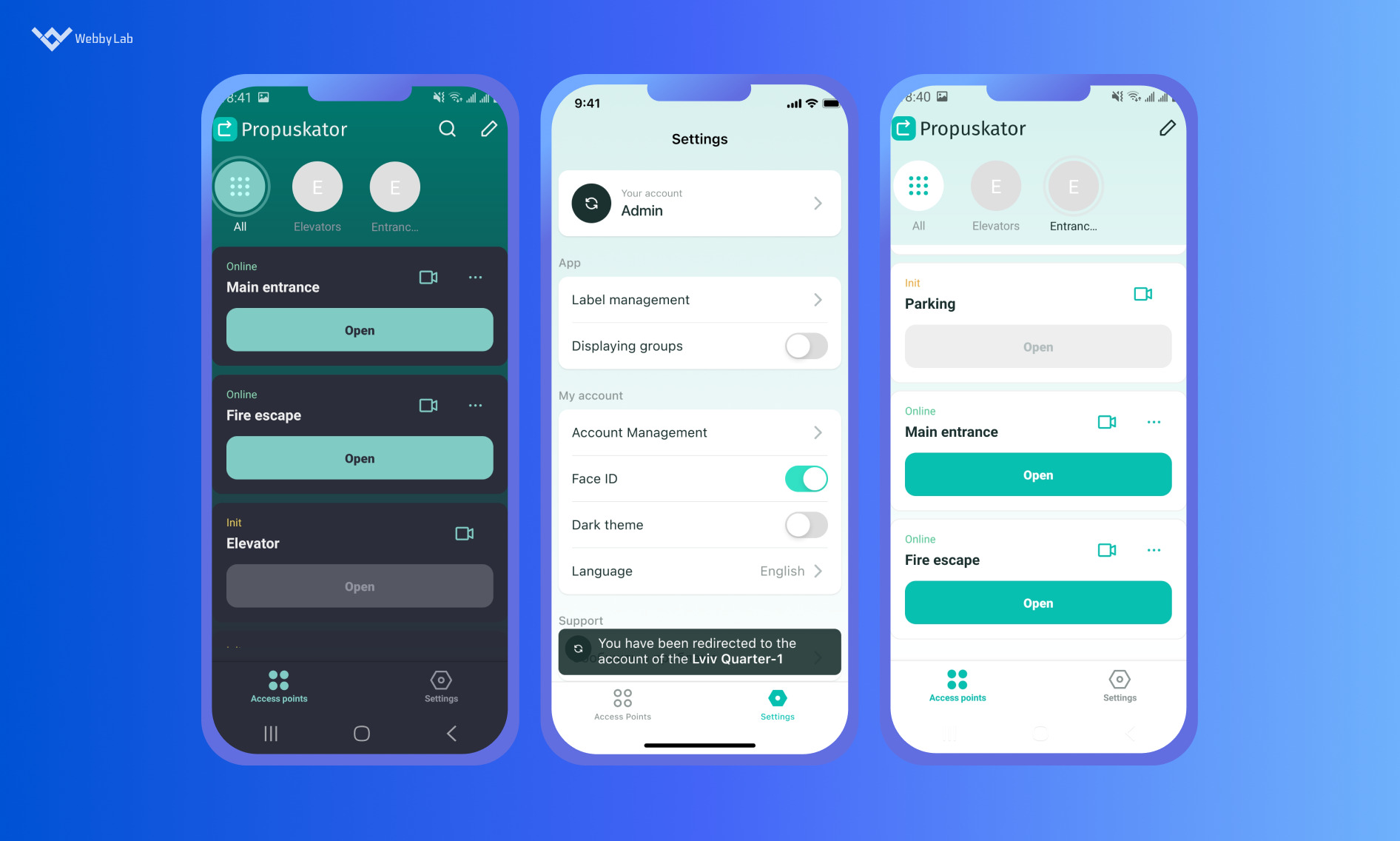
A mobile app of a Propuskator access control system.
Using Internet of Things IoT gateway devices correctly is your way to streamlined data management and enhanced connectivity. Here are a few tips from WebbyLab’s experience that will help you reap all the gateway benefits:
On top of that, ensure compliance with industry regulations and provide robust security measures to protect your IoT infrastructure and data from potential threats.
IoT gateways are the glue of modern IoT ecosystems. They facilitate seamless data exchange, enable connectivity, and streamline data collection and processing.
If you aim to leverage an IoT gateway cloud in your system and ensure its effective deployment, consider WebbyLab as your trusted partner. Having implemented such IoT application development services, we’re here to offer expert guidance and support. So why wait? Just contact our team right away.
Learn more about how we engage and what our experts can do for your business